
Business Card Buyer's Guide
Ordering business cards can be confusing. Following are suggestions for ordering the best quality business cards that are most appropriate and best affordable for your needs. These examples are grouped by quality of paper and type of printing process used to create the card. If you need just the basics and are on a budget, start with features from the entry-level group. If you are looking to dazzle, upgrade to a thicker paper or specialty stock and add some foil or embossing for a true upscale look.
The Basics
Paper:
Starter paper for the budget conscious
Process:
Full color or flat printing
Market Positioning:
Entry-level cards are a great value if you just need to pass on your
contact information.
This type card is common among retail, small business and the self-employed when a
card is just a card.
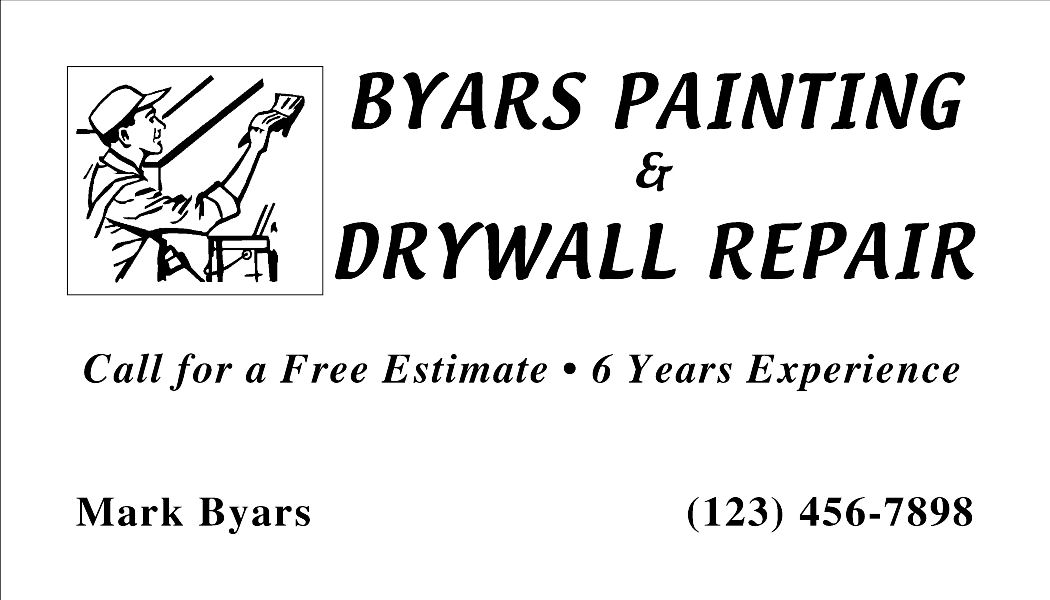
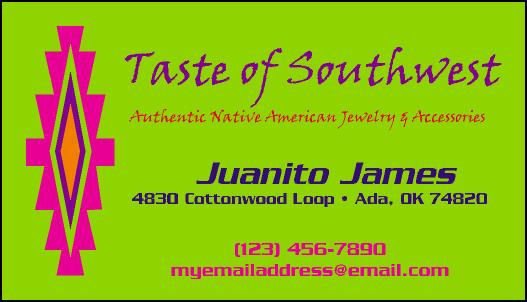
Classic Business
Paper:
Textured or colorful mid-grade stocks
Process:
Thermography or thermography with foil stamping
Market Positioning:
Raised ink printing (thermography) with optional foil stamping creates a traditional, conservative impression. This more conservative look is most often seen in corporate, legal, medical, banking, and other professional industries.
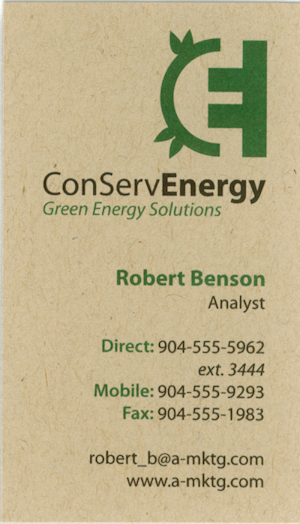
Out of the Ordinary
Paper:
Glossy, plastic, or deep, rich stocks made exclusively for foil stamping
Process:
Foil Stamping
Market Positioning:
Unusual high-gloss paper or flexible, transparent plastic combined with foil is an attention getting alternative to the traditional card. These type cards are for those wanting to express their style in a unique way.
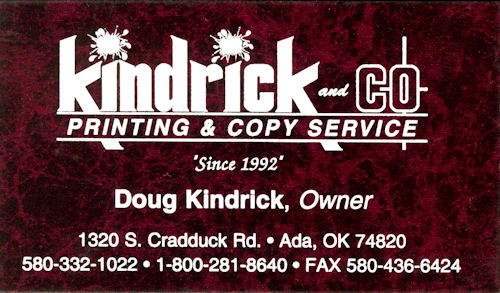
Upscale
Paper:
Thick stocks that are less likely to wrinkle and bend
Process:
Full color printing with foil stamping, distinct card shapes, and embossing
Market Positioning:
Upgrade to our thickest paper and blend foil stamping, embossing, or raised ink printing for a true high-end look and feel. These cards are for the discerning business looking to make a statement that reflects its market-leading style.
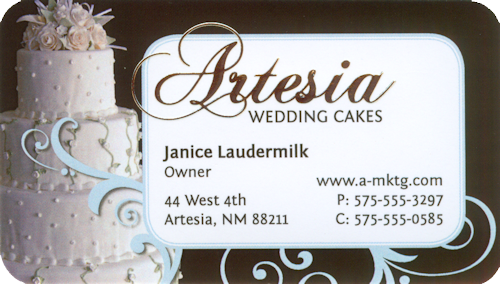
Printing Process Selection Guide
To help our customers better understand the different printing processes,
following are some definitions for
each of our available processes for our business cards. We offer seven different printing processes that can
be used alone or in combination to produce a custom look.
Full Color Printing:
An economical printing process that blends four basic colors into a multitude of other colors and shades. Ink lays flush on the paper. A great option for printing photographs.
Flat Printing:
A commonly used printing technique. Ink lays flush on the paper and creates a less formal look.
Also known as “lithography”.
Thermography:
A specialized printing method that produces a rich, raised effect with the ink. Also known as “raised printing,” thermography can be distinguished by touch.
LaserProof Thermography:
Similar to thermography, but able to withstand extreme heat produced by laser printers and copiers.
Available exclusively on stationery products.
Foil Stamping:
A premium process where colored foil is heat-stamped flat into paper.
Produces a higher quality effect, especially when combined with other processes.
Blind Embossing:
A high-end, exclusive process that creates a raised image by pressing paper between two heated dies. Called “blind” because no ink or foil is used.
Foil Embossing:
A precise process that combines embossing with foil stamping.
Paper is stamped with foil and then the foiled area is embossed creating a raised foil image.